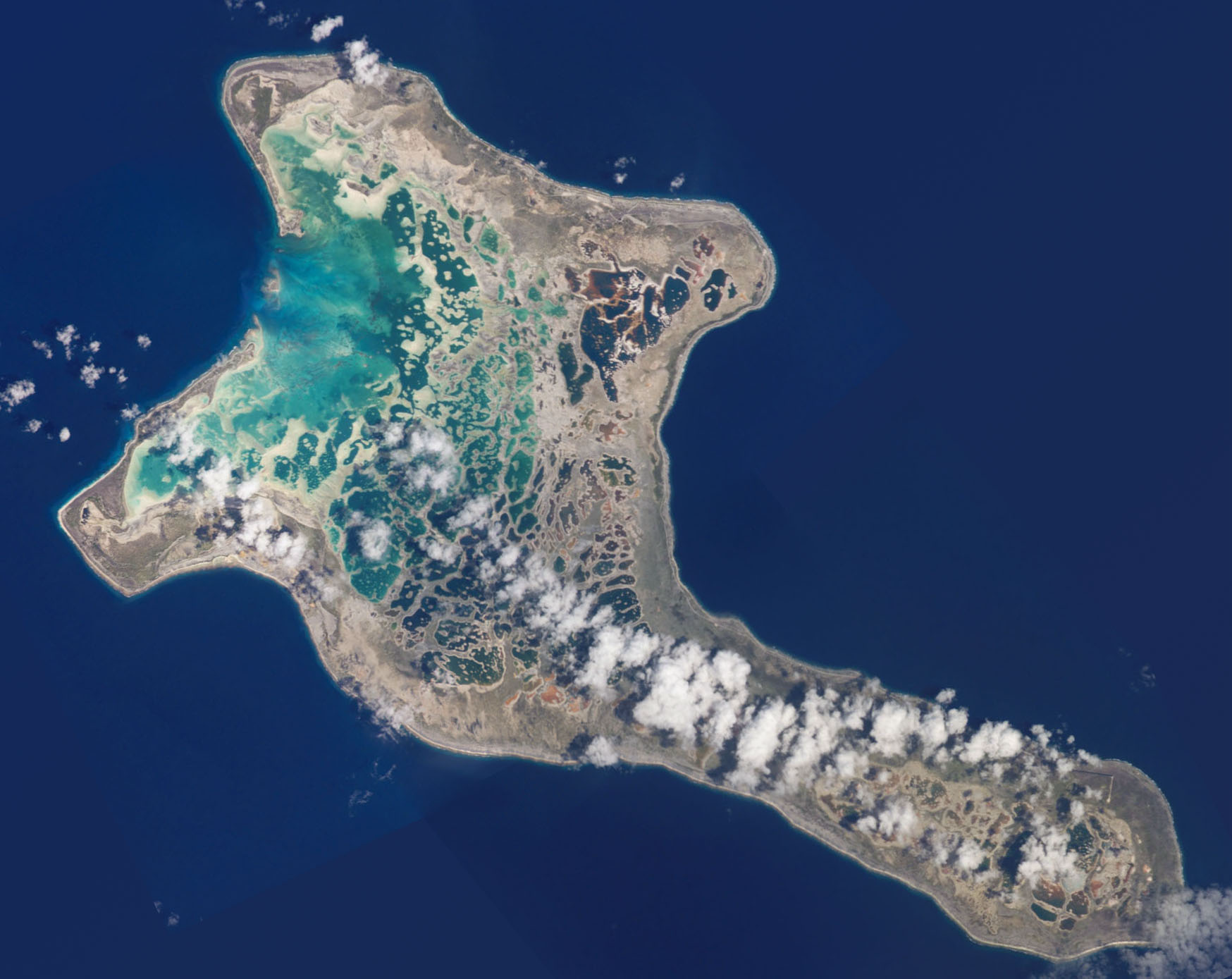NASA Sea Level Change Team Releases Report on Timelines for Future Sea Level Rise and Associated Impacts for Kiribati

In early June, NASA Sea Level Change Team (N-SLCT) Program Manager, Nadya Vinogradova Shiffer, and Team Lead, Ben Hamlington, presented on N-SLCT’s Assessment of Timelines for Future Sea Level Rise and Associated Impacts for Kiribati during an event at the New Zealand Permanent Mission, co-hosted by the United States, New Zealand, Kiribati, and United Nations Rising Nations Initiative. The report assesses the available observations and the latest scientific understanding of the rates and drivers of ongoing sea level rise around the islands. As a foundational document containing the latest scientific understanding of sea level and impacts for Kiribati, it is a non-prescriptive, non-directive report. The key focus of the report is to provide updated timelines for increasing sea level and coastal flooding, following the scientific consensus of the IPCC 6th Assessment Report.
Kiribati, a low-lying island nation in the central Pacific Ocean, is acutely threatened by increasing sea level rise and coastal flooding. Composed of 33 coral atolls and reef islands, Kiribati spans three main island groups: the Gilbert Islands, the Phoenix Islands, and the Line Islands. The analysis conducted by N-SLCT scientists provides a screening-level assessment of the potential impacts on Kiribati with several key findings. First, the geographic expanse and geomorphic make-up of the islands of Kiribati result in varying degrees of sea level rise impacts. In the near term (prior to 2050), the Gilbert Islands will see a worsening of some of the impacts that are already underway. The Phoenix and Line Islands will potentially see a very rapid increase in the frequency and severity of impacts shortly thereafter. Additionally, future sea level rise will cause a large increase in the frequency and severity of episodic flooding in Kiribati within the 21st century. Across all future scenarios and under the assumption of no additional protections, all island chains in Kiribati will likely experience more than 100 days of flooding every year by the end of the century. Analysis to include additional processes that cause impacts along the coastlines of Kiribati is needed to fully assess the threat of future sea-level rise. Future collaboration with the 2024-2028 N-SCLT will enable continued research on Pacific Island nations’ vulnerability to sea level rise impacts.
PARTNERS:
Kiribati, New Zealand Permanent Mission, United Nations Rising Nations Initiative
USEFUL LINKS:
- The report is publicly available at https://zenodo.org/records/11480739.
- Learn more about the Rising Nations Initiative at https://climatemobility.org/initiatives/rising-nations/.
- To stay up-to-date on N-SLCT activities and product releases, visit https://sealevel.nasa.gov/.

Follow us